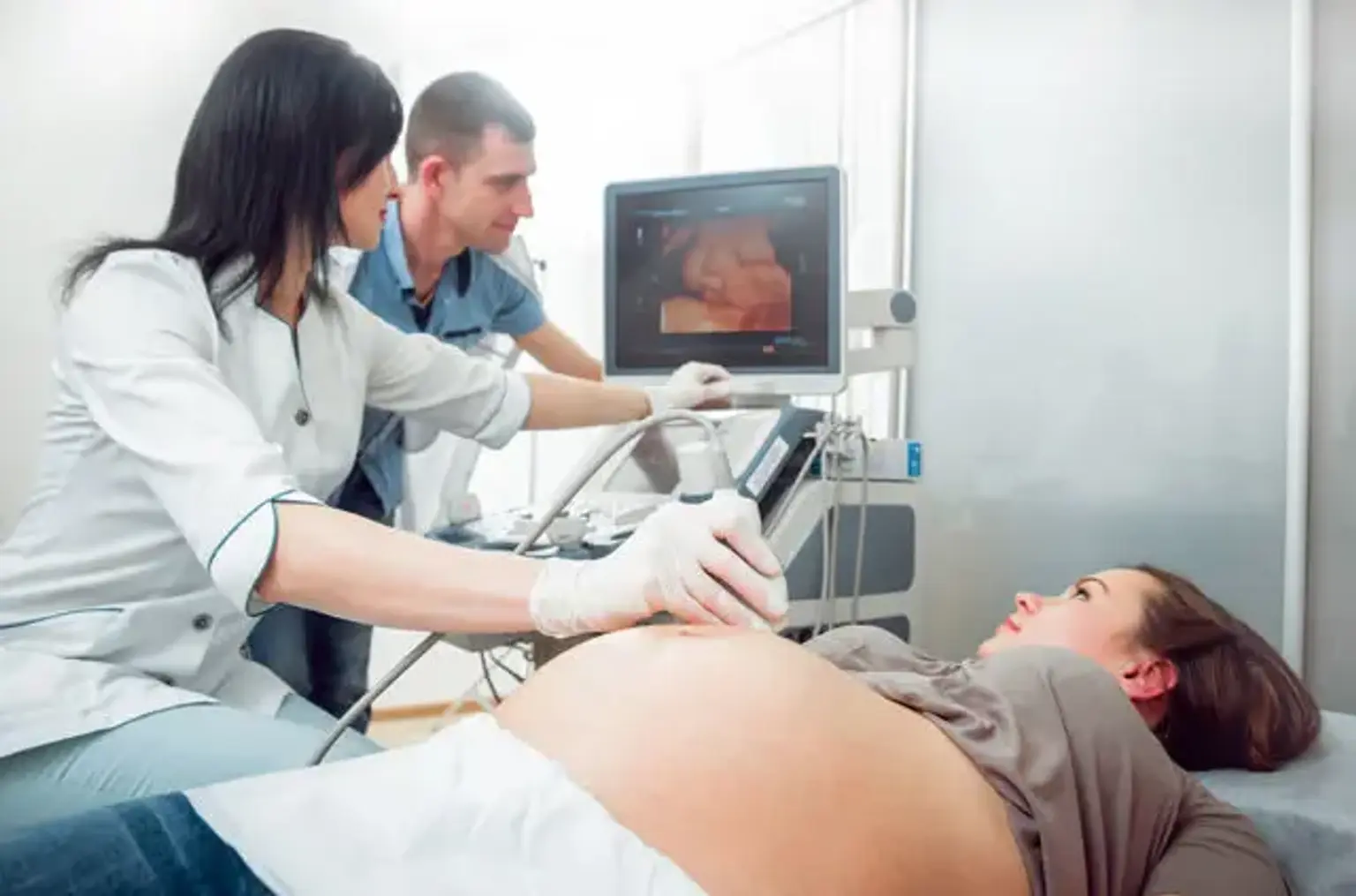Obstetric ultrasonogram
Overview
In the 1960s and 1970s, obstetricians utilized ultrasonography to detect an early intrauterine pregnancy. In the 1990s, emergency physicians modified ultrasonography for point-of-care usage. Ultrasound is a noninvasive diagnostic method that may promptly confirm an intrauterine pregnancy at the bedside, considerably reducing the time of stay for pregnant patients in the emergency department. In the first trimester of pregnancy, point-of-care pelvic ultrasonography in the hands of emergency medicine doctors has the highest diagnostic potential.
Obstetric ultrasonography, often known as prenatal ultrasound, is the use of medical ultrasonography during pregnancy to generate real-time visual pictures of the growing embryo or baby in the uterus using sound waves (womb). In many countries, the technique is a common aspect of prenatal care since it may give a range of information regarding the mother's health, the timing and progress of the pregnancy, and the health and development of the embryo or fetus.
The International Society of Ultrasound in Obstetrics and Gynecology (ISUOG) recommends that pregnant women have routine obstetric ultrasounds between 18 and 22 weeks' gestational age (the anatomy scan) to confirm pregnancy dating, measure the fetus so that growth abnormalities can be identified early in pregnancy, and assess for congenital malformations and multiple pregnancies (twins, etc).
